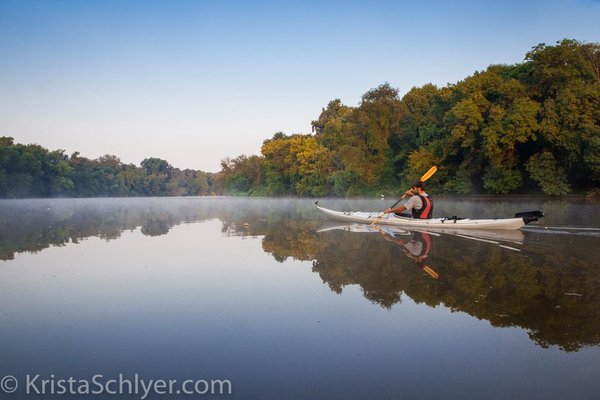Among the many rivers that course through the United States, there’s one that flows right into our nation’s capital as it joins the Potomac River. Yet despite the prestigious location, it has been nicknamed “the forgotten river.”
The Anacostia River has endured centuries of abuse. It runs 8.7 miles from Bladensburg, Maryland, to the District of Columbia. From the time that Europeans first arrived, development has cleared its wetlands, clogged its banks and poured sediment, agricultural waste, industrial pollution and raw sewage into the water.
Once teeming with fish and clear water, the river is but a bedraggled ghost of its former self. But it’s a ghost with the potential to come back to life.
Though centuries of neglect have altered it, mere decades of dedicated work may bring it back to the sparkling, life-giving river it once was.
To encourage this conservation and document the complexity of the task, photographer Krista Schlyer has brought her talent for visual storytelling to the front lines. In the process, she reaffirms the importance of looking at one’s own backyard for ways to make a big difference through environmental stewardship.
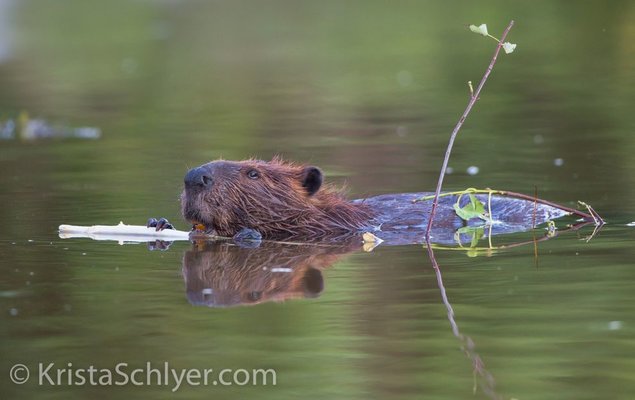
Schlyer lived a couple miles from the Anacostia for more than a decade before she understood the potential of solving the problem. It was while on an assignment with the International League of Conservation Photographers that she first began to understand this backyard river.
During a morning paddle with an advocate who had been working on the Anacostia River for a long time, Schlyer literally ran into one of the river’s residents.
“There was a really loud thud on my kayak,” Schlyer recounts. “This beaver poked his head up and stared at me. I think he was kind of sleeping just under the water’s surface and I ran into him. I got the beaver’s tail slap on the water and he disappeared, but it was a moment of surprise and awe at this place. The only thing I’d ever heard about the Anacostia was that it was a filthy, degraded, hopeless situation, and I found out in one kayak ride how wrong that impression had been.”
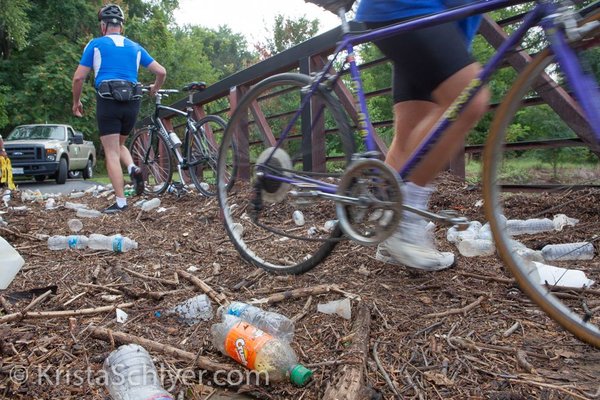
There’s good reason for the impression that the Anacostia is a filthy, degraded river — because it is, on many levels.
There are three primary challenges facing the river’s future: trash running from the streets into storm drains and then into the river; the antiquated sewage system of D.C. that allows raw sewage to wash into the river during heavy rains; and the long-lasting toxins mixed into the sediment that were poured into the river before the Clean Water Act and which still wash into the river from old industrial development, roads and other sources.
Though significant, the challenges are surmountable. Progress is already being made.
“Bag bans and bottle bans, it’s incredible how much of a difference these policies make. People push back on them, but they make an enormous difference,” says Schlyer.
According to the Department of Energy and Environment, “The District’s Bag Law is the first of its kind in the U.S. Since the law took effect on January 1, 2010, District businesses have seen a drastic reduction in bag usage, and environmental clean-up groups witnessed fewer bags polluting D.C. waterways.”
Meanwhile, to deal with the sewage situation, Washington, D.C., is already investing significant funding in a large-scale plan to create huge tunnels that will prevent sewage overflows during storms. The infrastructure initiative — called the Anacostia River Tunnel Project under the Clean Rivers Project — will help to remove nearly all the sewage entering the river within a matter of years.
“The Clean Rivers Project will reduce [combined sewer overflows] annually by 96 percent throughout the system and by 98 percent for the Anacostia River alone,” D.C.’s Water and Sewage Authority reports.
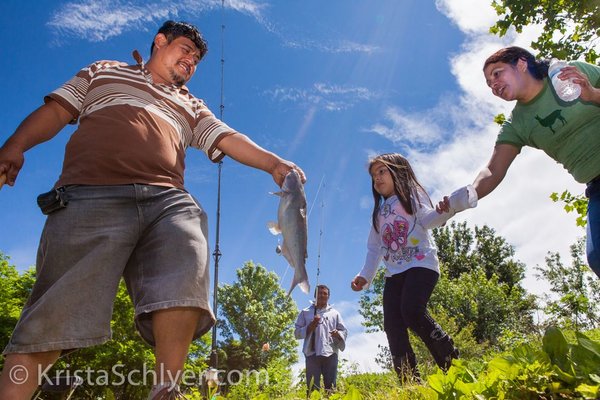
Perhaps the most complex problem to solve is that of the legacy toxins.
“It’s moving forward in D.C., but it is a pretty big, pretty expensive puzzle to have to solve,” says Schlyer. “All the toxins from oil, gas and other chemicals from yards runs off the streets, through bridges and goes straight into the Anacostia. The big push is to try and get green infrastructure put in throughout the watershed so that the water running off the streets doesn’t run into the river but runs into bio-fills, rain gardens, etc.”
To assist with drumming up that support, Schlyer has aimed her camera at the river, its flora and fauna, and the people who live alongside it.
“My role here is hopefully to help people see it with new eyes like I did, and to highlight the stories of the people who have been working so hard over the past three decades to clean up the river.”
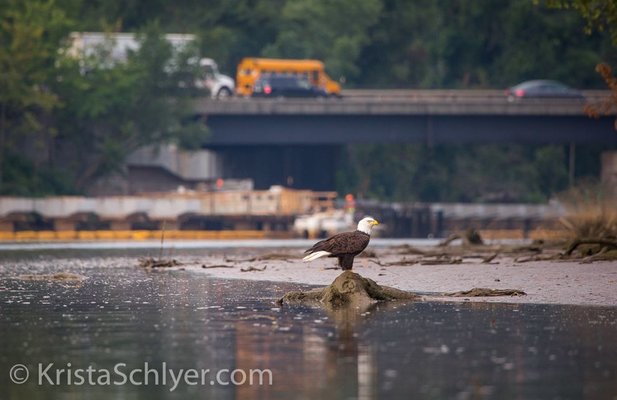
Schlyer began the Anacostia Project six years ago and has been documenting the conservation work, researching the issues and learning how to tell the stories of the river. Now, she begins the work of getting the stories out to a broader audience and building support for the efforts that will bring the river back to its former glory.
Not only does her photography aim to bring attention to the river’s issues, but Schlyer also wants to send another message to everyone worried about an environmental issue at home.
“No ecosystem is really at the point where we should give up on it. For a long time that’s exactly what happened with the Anacostia,” says Schlyer.
“People have a tendency to write off landscapes as being beyond redemption, and in a way we do that because we ourselves have this sense that we are beyond redemption. I just don’t think that’s the case. There’s something very beautiful about a place like the Anacostia that’s been so abused and so forgotten for so long [yet now is] seeing this groundswell of love. It really does have the potential to redeem us and this place together, and I think that’s a powerful notion in terms of where we are right now as a species. We’ve made so many mistakes but we can still turn things around. The Anacostia is a great example of that.”
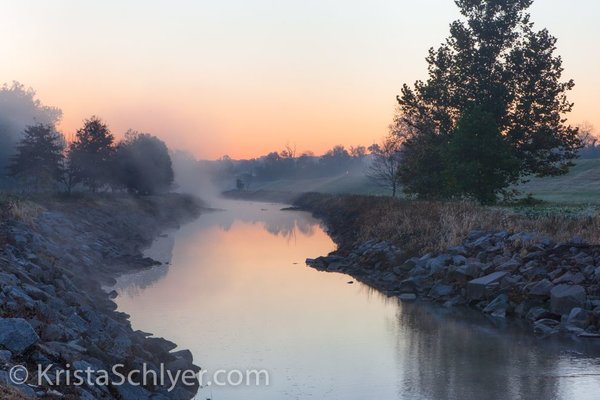
Schlyer’s work on the Anacostia Project also underscores how much we as individuals can do for our local habitats. We don’t have to travel far to work on an important conservation issue: We can look in our very own backyards.
And as a professional project, working in your own town has its benefits. Of this photography project, Schlyer notes: “It’s allowed me to dig a lot deeper than I could ever do on any other project. Its different when it’s your own backyard and it’s your neighbors that are experiencing this with you — your wild neighbors and your human neighbors. It affords a level of intimacy and understanding you can’t get in any other way.”
Working locally also allows Schlyer to see the fruits of her labor on a daily basis. “With the Anacostia, because it is so local, I feel like if I work hard I can actually play a part in what’s happening here. That’s pretty gratifying.”
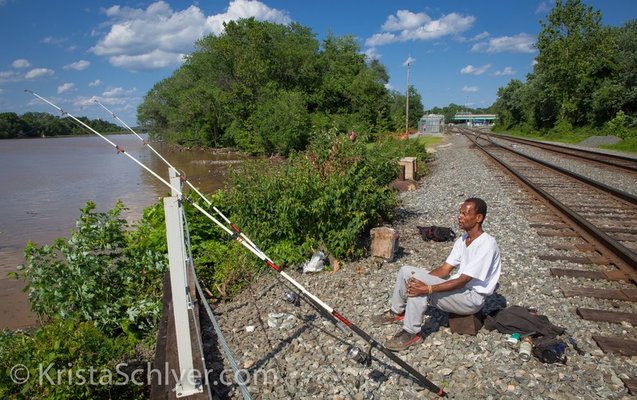
Now that Schlyer has taken thousands of images that show the people, wildlife and seasons of the Anacostia, she’s starting the next phase of telling the stories through exhibits, a book and other community-oriented outlets.
“We all can play a part in our local watershed’s health and on our local biodiversity, whether in the city or out in the country,” says Schlyer. “I hope that as a nation and as a planet we are coming to a point where everyone is taking some responsibility for the watershed they live in and for the role we play in that watershed’s health.”
She’s certainly leading by example. To learn more and stay up to date as exhibits and events are scheduled, visit Schlyer’s Anacostia Project.
Source: Mother Nature Network
Women of Green is TURNING UP THE VOLUME of the feminine voice on the planet in order to create the world we know is possible.
